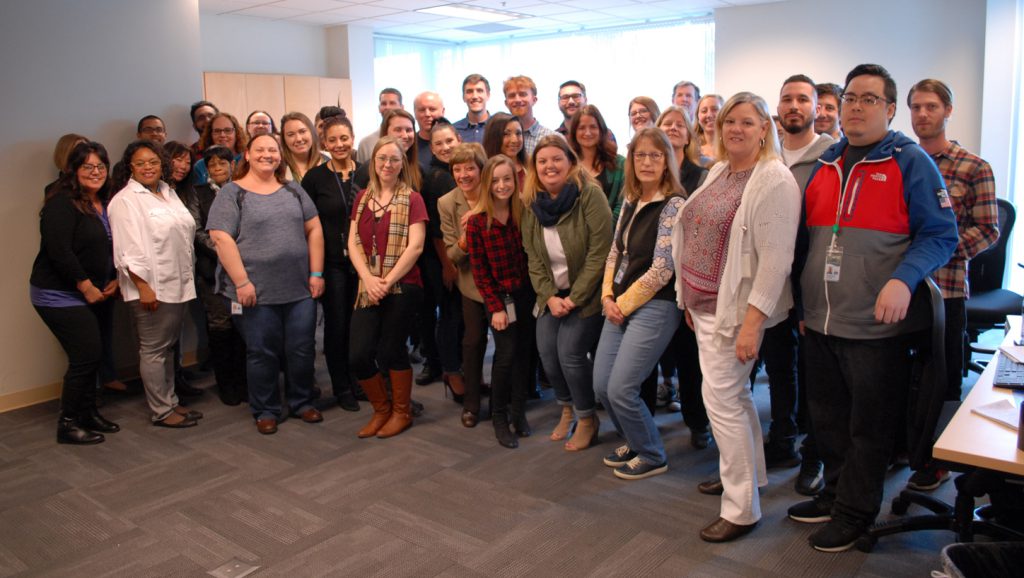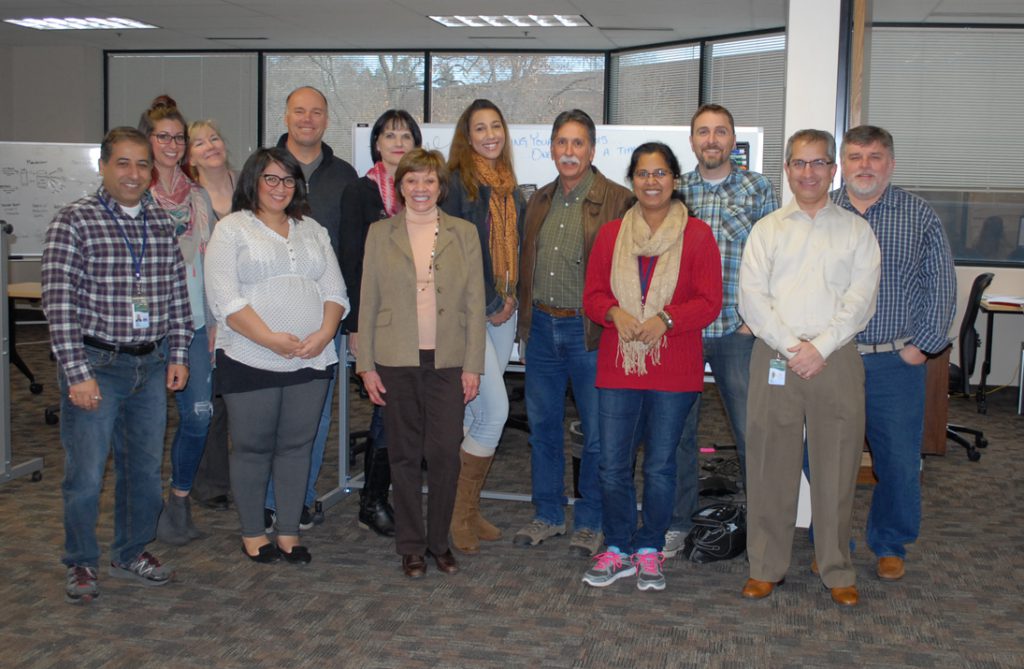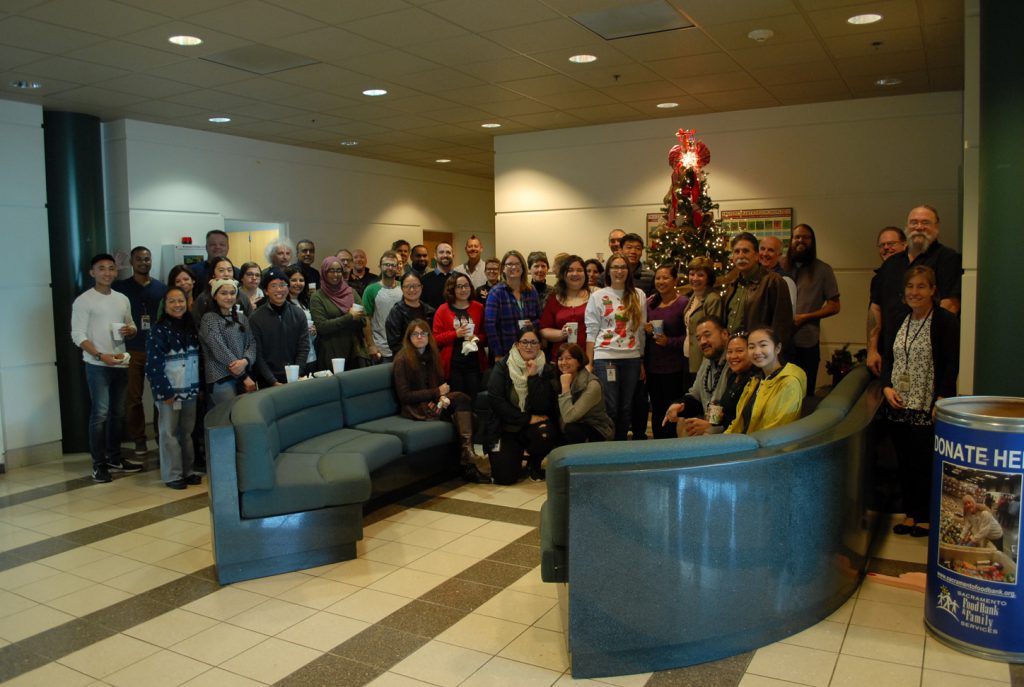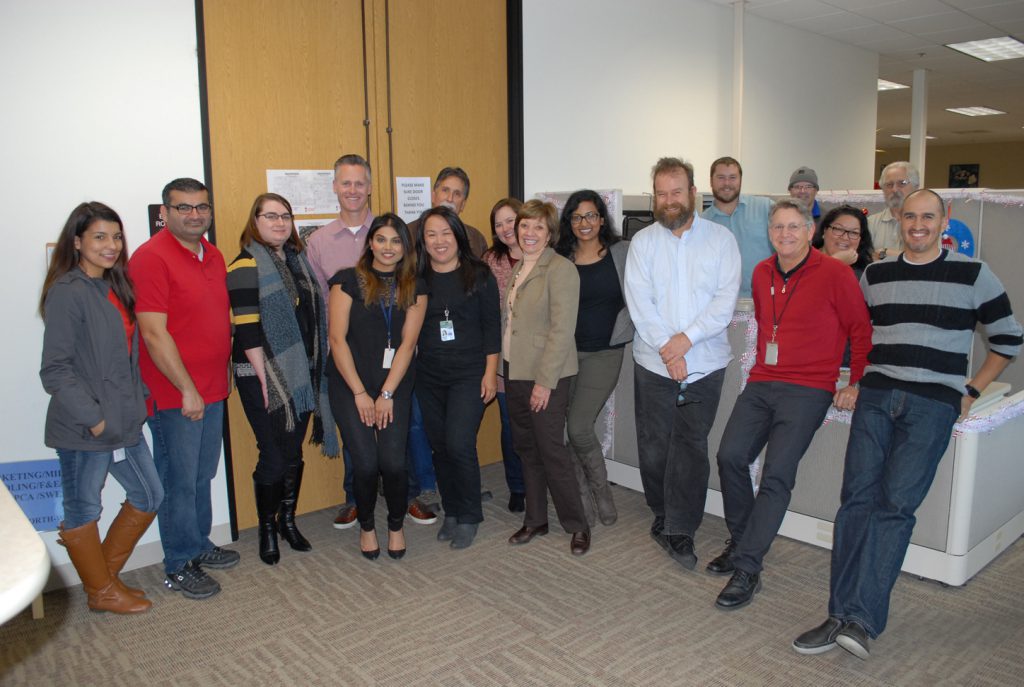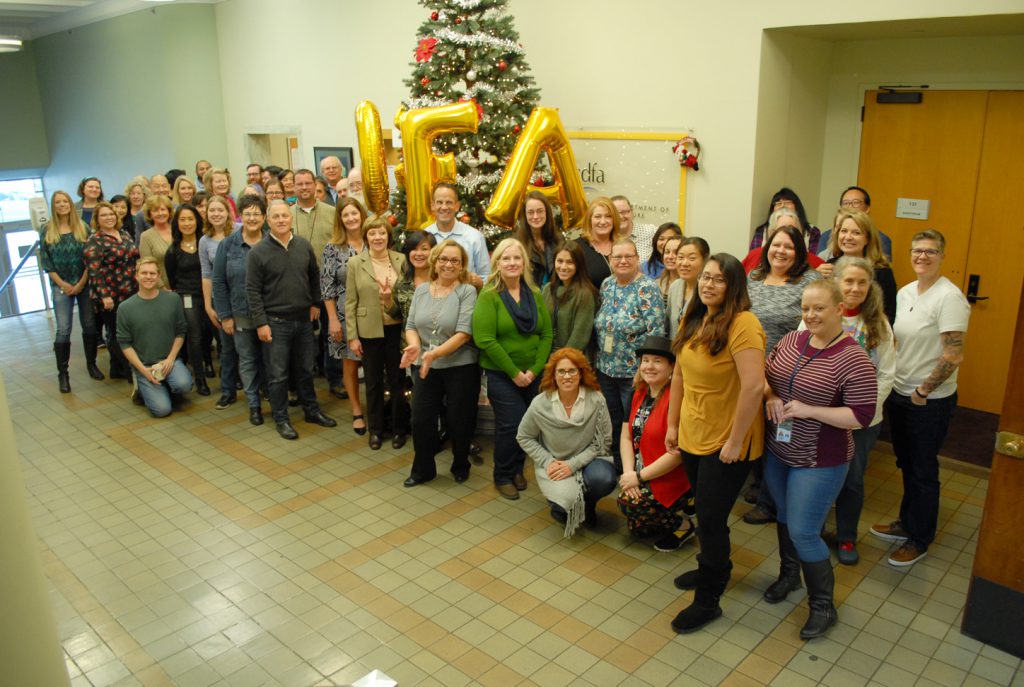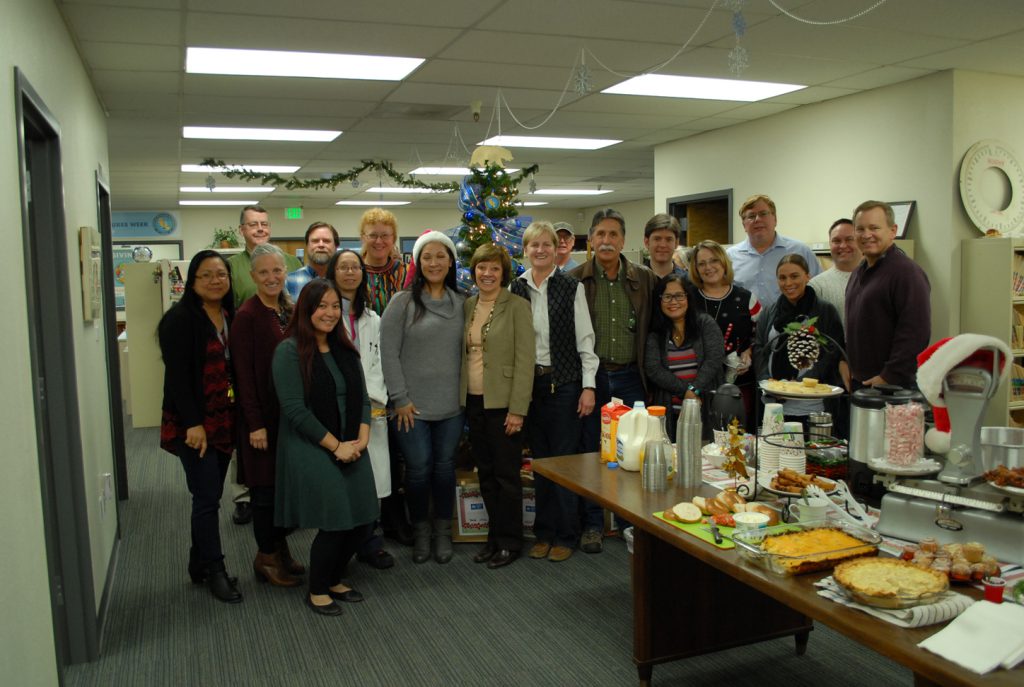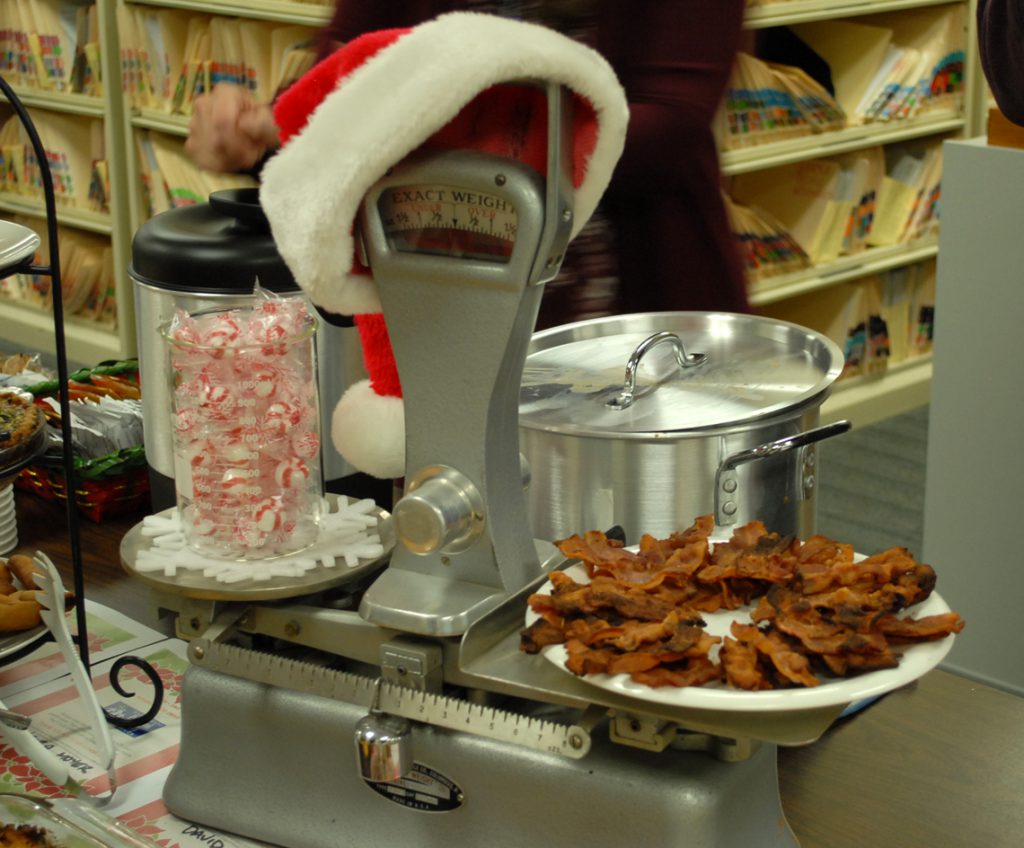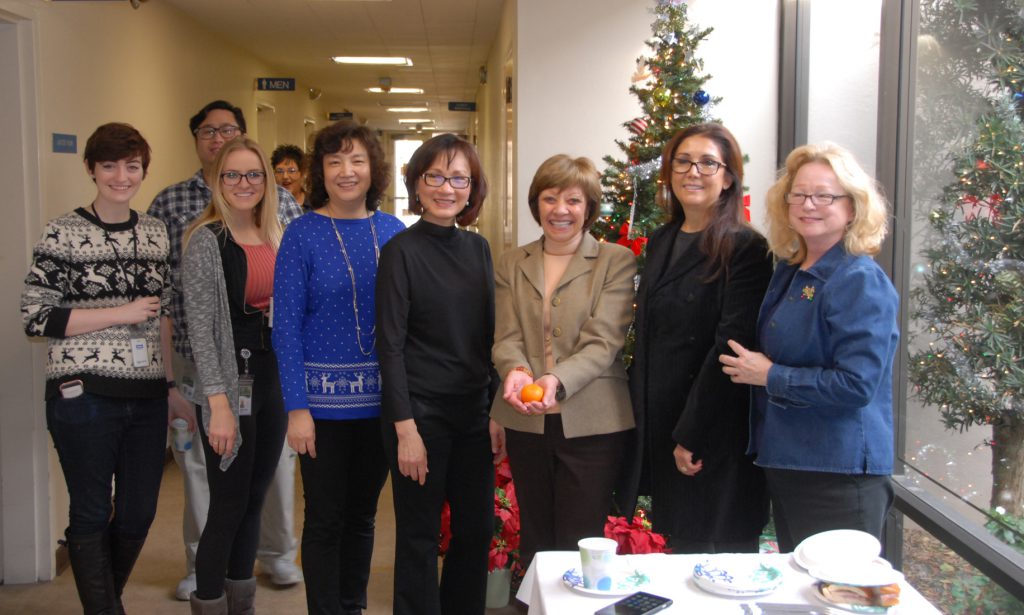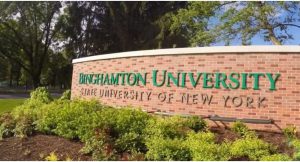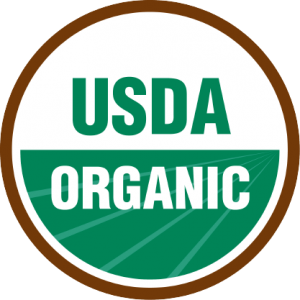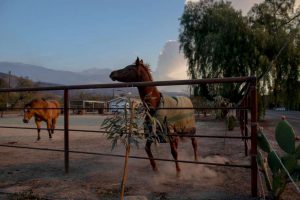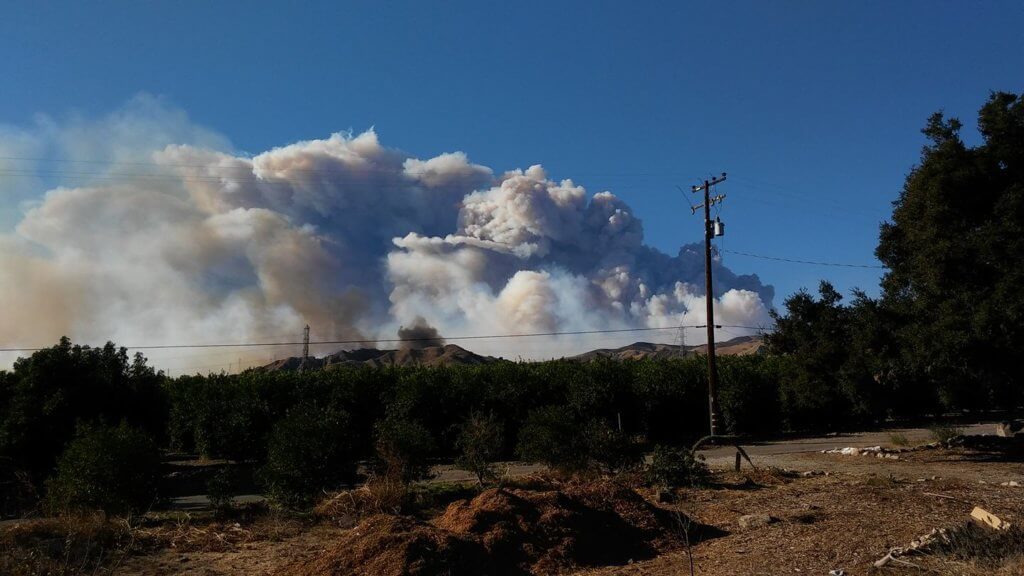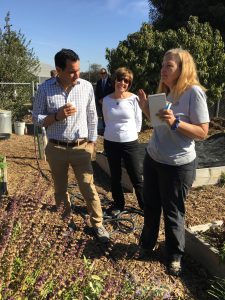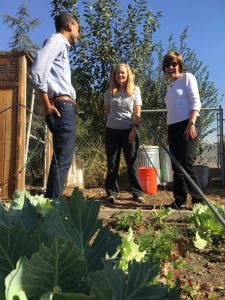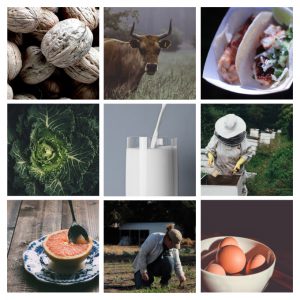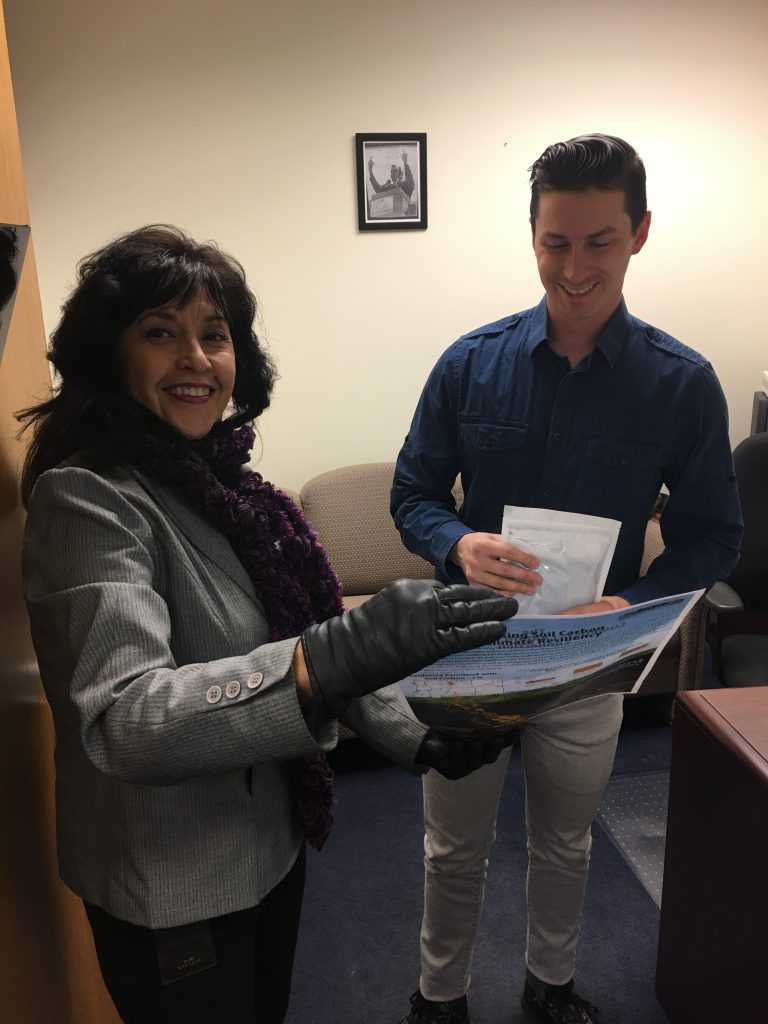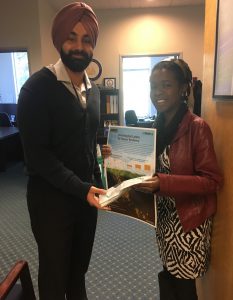OPN (the Organic Produce Network) had the chance to ask the Secretary of the California Department of Food Agriculture, Karen Ross what CDFA is doing to assist California organic growers and farmers and the growth of organic agriculture throughout the state.
Karen Ross: The three that come up over and over are water availability, lack of labor and NAFTA. A large part of agriculture trade moves across both NAFTA borders. Mexico is the top destination for California dairy products and Canada is a top market for fruits, nuts, vegetables and wine.
OPN Connect: What initiatives does CDFA have in place to help mitigate the issues producers are experiencing?
Karen Ross: We try to address the impacts with our specialty crop block grant program, in particular where people have applied for grants in the areas of innovation, ag education and training for beginning farmers. Most of the support comes from our ability to keep that program funded at the levels it has been under previous Farm Bills.
We serve as an advocate to the research community –especially on the need for automation and for vocational education to ensure the workforce skills associated with automation.
On the water side, the cap-and- trade auction funds (known as the Greenhouse Gas Reduction Fund) has made available on-farm water use efficiency programs. Approximately $67 million has been allocated for the Statewide Water Efficiency Enhancement Program (SWEEP) and it’s been oversubscribed every year by about 300%. It’s funded the investment of on-farm precision irrigation technologies – covering more than 100,000 acres with an annual reduction of 71 thousand metric tons of Green House Gas emissions, and 86,000 acre feet of water savings.
OPN Connect: How does CDFA support organic farming in the state?
Karen Ross: We recognize organic as a fast-growing segment of agriculture. We are the first state to have a State Organic Program (SOP) and have worked closely with the organic community to streamline and modernize the program. We especially value the California Organic Products Advisory Committee (COPAC), which helps identify priorities and make sure we allocate the resources to the activities most valued by the organic sector.
We want everyone to understand the importance of organic in the overall ag picture. We try to be very responsive to the timeliest issues and are very committed to preserving the integrity of California Certified Organic.
OPN Connect: The average age of the American farmer is 64+. What is CDFA doing to encourage our youth to enter agriculture?
Karen Ross: Wherever I go I try to include a meeting with students, from preschool to college-age, to be a champion for how exciting it can be to pursue a career in agriculture.
One of the priorities of the Specialty Crop Block Grant Program has been education and outreach for beginning farmers and ag literacy. We want to inform students who don’t have farming experience what it means to plant a seed, harvest it and prepare it as food — ag literacy, farming and nutrition in one package!
OPN Connect: The Government Accountability Office (GAO) recently announced that climate change impacts may cost the U.S. agriculture sector up to $9.2 billion by 2039. What initiatives does CDFA have to help alleviate this issue?How can organic can play a part in mitigating this risk?
Karen Ross: Between 2011 and 2012 I convened a specialty crop consortium on climate change, primarily made up of farmers and ranchers, to better understand how the farming community was considering climate change and priorities for adaptation and mitigation.
That roadmap was released in 2012 and circulated broadly to make sure researchers and our sister agencies were aware of its priorities.
Part of California’s climate change program includes the ag water efficiency program (discussed earlier) which asks the applicant to calculate estimated Greenhouse Gas emission reductions. That is possible because of the development of an on-line calculator tool developed by USDA – “Comet Planner.”
Our Healthy Soils Program (HSP) features grants for farmers who practice no till, minimal till, applications of compost and use of cover crops to build organic matter in our soils. We consult with CAL-Recycle to divert 75 percent of organic waste that would otherwise go to landfills and could become compost.
The organic community’s focus on soil health has a huge role to play in all this. Those practices are easily transferable to all farming systems.
OPN Connect: A recent study conducted by the California Farm Bureau Federation indicated that in the past year over 50 percent of California farmers suffered acute labor shortages. What solutions do we need to help farmers get their labor needs met?
Karen Ross: We have to make everybody believe that farming is cool and there are many career opportunities in agriculture. If we can’t do that to attract more people then increased automation is necessary and that requires additional workforce training for different types of skills.
The only other option available is to expand the use of the existing H2A program for seasonal agricultural guest workers. California has not traditionally been a big user of the program because it is not a great fit for specialty crops.
Immigration reform would certainly be helpful!
OPN Connect: You will be speaking at the “We are Organic: CCOF Foundation Dinner” before the Organic Grower Summit. What message do you hope to convey that will help organic producers?
Karen Ross: I am an optimistic person and I want share my enthusiasm about the future of California ag and the role organic agriculture has in our economy and our quality of life.
The leadership role Governor Brown is playing on climate change is important. California agriculture has much to lose if we don’t take this on aggressively. It is important for food security, our rich biodiversity, and the beautiful landscapes we are blessed with in California. We must all be engaged on this journey together.
I really appreciate the work of CCOF and the leadership role of their Foundation. The work they have done to identify the research needs of farmers and ranchers is important. They are making research a high priority in Farm Bill requests. I really commend CCOF and the entire organic community for those efforts.



